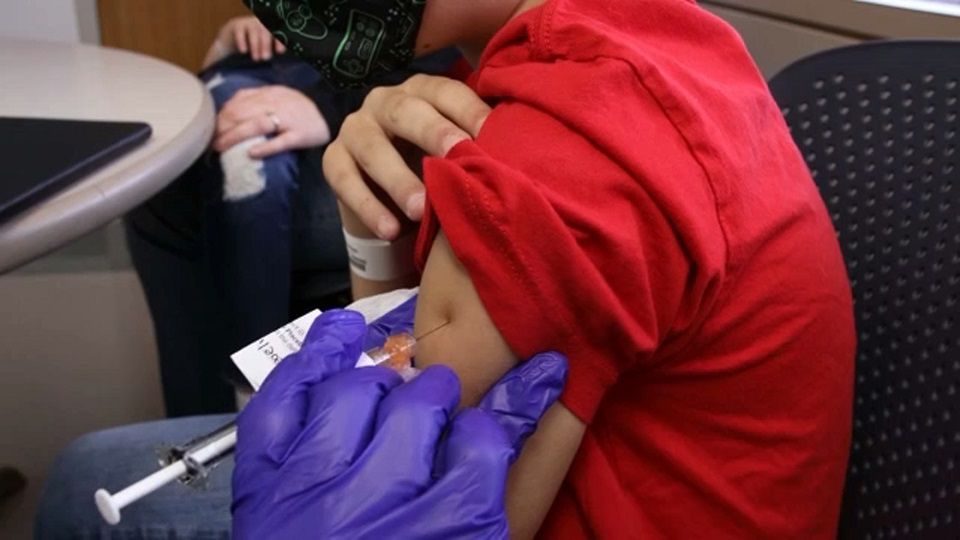ROCHESTER, N.Y. — Most young children are not reading at a proficient level by the time they reach third grade. A study of these young kids showed only one-third of students are able to read books at their age level.
Some argue that literacy is one of the greatest civil rights issues of our time.
“S-T-O-R-Y a story, a story,” chanted grade students at Rochester Prep Elementary's Jay Street campus.
At Rochester Prep Elementary, reading is more than all work and no play.
“We have lots of love happening within our classrooms but also our academic programming is really rigorous and meeting all the needs of our students to get to college and beyond,” said Danielle Hinman, principal at Rochester Prep Elementary's Jay Street campus.
According to the Nation’s Report Card, 33% of fourth-grade students performed at or above proficiency levels in 2022, which was 2% less compared to 2019.
“I think any school district right now is really facing how they are innovating based off of what happened during the pandemic and approaching the literacy instruction to get back to get back to those levels,” Hinman said.
A decline in teachers like Katie Carrasquillo, who has taught for 10 years at Rochester Prep, attribute to the learning loss that came from the pandemic.
“I think the biggest thing was the technology piece was really hard for them to feel like they were engaged in the learning because we do so much of the cheers, the joy, the working altogether,” said Katie Carrasquillo, fourth-grade teacher and instructional leader at the Jay Street campus.
Pre-pandemic more than 60% of fourth graders from Rochester Prep passed the state exam in English Language Arts, however in 2022, that number dropped to only 30% of Rochester Prep’s fourth graders passing.
“Post-pandemic we’ve really figured out that we need to target exactly what our kids need and our curriculum has allowed us to do that,” Carrasquillo said.
“Reading is not like a sprint," said Hinman. "We’re not going to see overnight growth, we are gonna see an elongated continuum of learning. What we know in third and fourth grade is that they are actually applying the skills and reading to learn and so that's where that deeper comprehension comes into play."
Which is why the school has turned to focus more on individual needs.
“Each group I have is targeted based on the skill that they need. So each group is working on something a little bit different, some of my groups are split in about half based on exactly what that group needs,” said Carrasquillo.
Students are also then exposed to whole-group reading which focuses on grade level texts.
“Doing both the whole group and giving them the exposure to fourth-grade level texts and then meeting them where they are at with those lower-level texts in our small groups has allowed us to kind of mesh the two together,” said Carrasquillo.
It's a difference in focus that Katie can see in her students.
“They’re feeling way more confident, I mean all their hands were up, they knew the skill,” she said. “They’re feeling confident because we’re meeting them where they’re at.”






